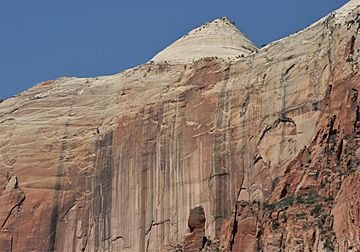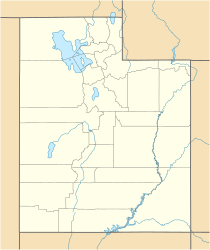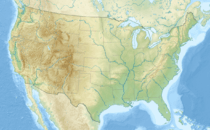Bee Hive (Peak) facts for kids
Quick facts for kids Bee Hive Peak |
|
|---|---|
| Bee Hive | |

Bee Hive Peak and The Streaked Wall
|
|
| Highest point | |
| Elevation | 6,904 ft (2,104 m) > |
| Prominence | 224 ft (68 m) |
| Isolation | 0.47 mi (0.76 km) |
| Geography | |
| Location | Zion National Park Washington County, Utah United States |
| Parent range | Colorado Plateau |
| Topo map | USGS Springdale East |
| Type of rock | Navajo sandstone |
| Climbing | |
| Easiest route | class 5.7 Climbing |
Bee Hive Peak, often called Bee Hive, is a mountain that stands 6,904 feet (about 2,104 meters) tall. It is made of a type of rock called Navajo Sandstone. You can find this peak in Zion National Park in Washington County, Utah, United States.
Bee Hive Peak is located near the main park office at the south entrance of Zion Canyon. Its eastern side, known as The Streaked Wall, rises an amazing 2,900 feet (about 884 meters) above the canyon floor. Other nearby peaks include Altar of Sacrifice and Meridian Tower to the west, and The Sentinel to the northeast. The mountain got its name because its top looks like a beehive! The U.S. Board on Geographic Names officially gave it this name in 1934. Rainwater from the mountain flows into the North Fork Virgin River.
Weather at Bee Hive Peak
The best times to visit Bee Hive Peak are during spring and fall. The area has a Cold semi-arid climate. This means the coldest month usually has an average temperature below 32 °F (0 °C). Also, at least half of the yearly rain falls during spring and summer. This desert climate gets less than 10 inches (254 mm) of rain each year. Snowfall in winter is usually light.
Climbing Bee Hive Peak
Climbing is a popular activity on Bee Hive Peak. The easiest way to climb it is rated as a 5.7 on the Yosemite Decimal System, which is a way to rate how hard a climb is. If you plan to climb overnight, you need to get a special permit. You can get this permit from the park visitor center.
Gallery








